Hotel Indigo and On The Grid value your feedback.
Please complete a quick 2 minute survey to tell us about your experience.
It is odd when you think of Old Delhi being much newer than many Delhis past. One such reminder is the tomb of Begum Razia Sultan (died 1240), the fiesty daughter of Iltutmish - the first ruler of the Slave Dynasty (of Qutb Minar fame). Razia ruled the sultanate of Delhi for a sum total of 4 years, but created history by being the first woman in the region to do so. Today her tomb is hardly worthy of her might, but nevertheless is an important marker. Don't be discouraged by the confusing and dark alleys and circuitous path leading to the grave. The current state of this 'protected monument' is deplorable, but the saving grace is that the local community has appropriately claimed the space by building a small make-shift mosque next to the grave.
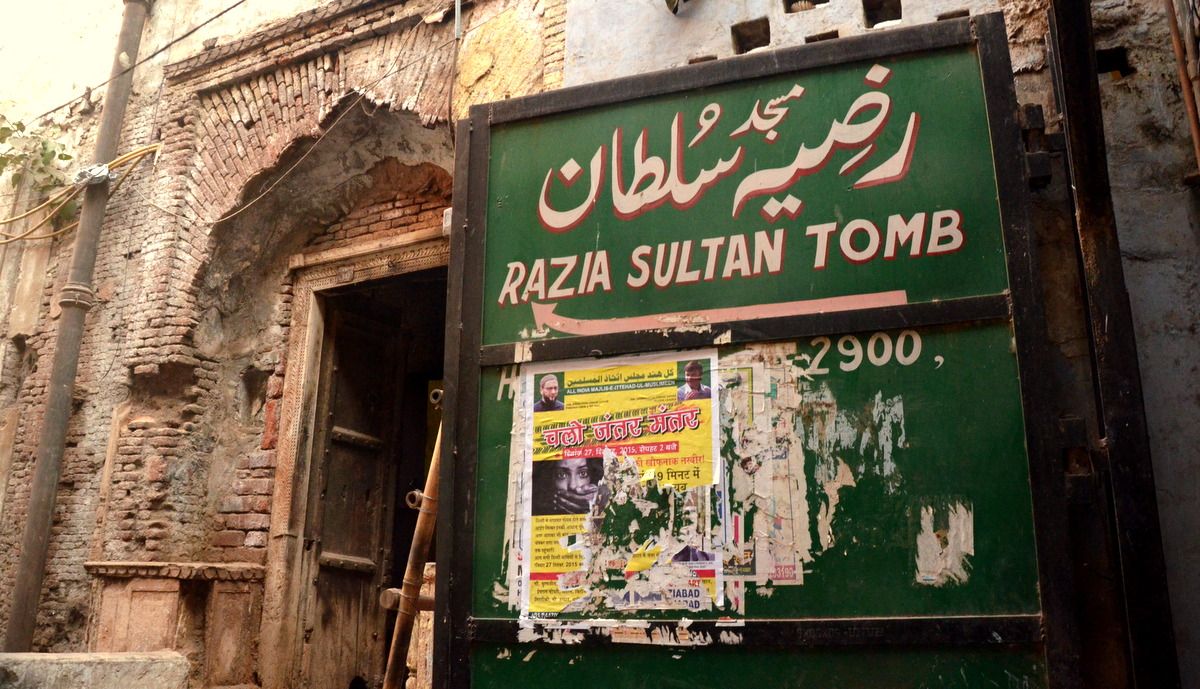
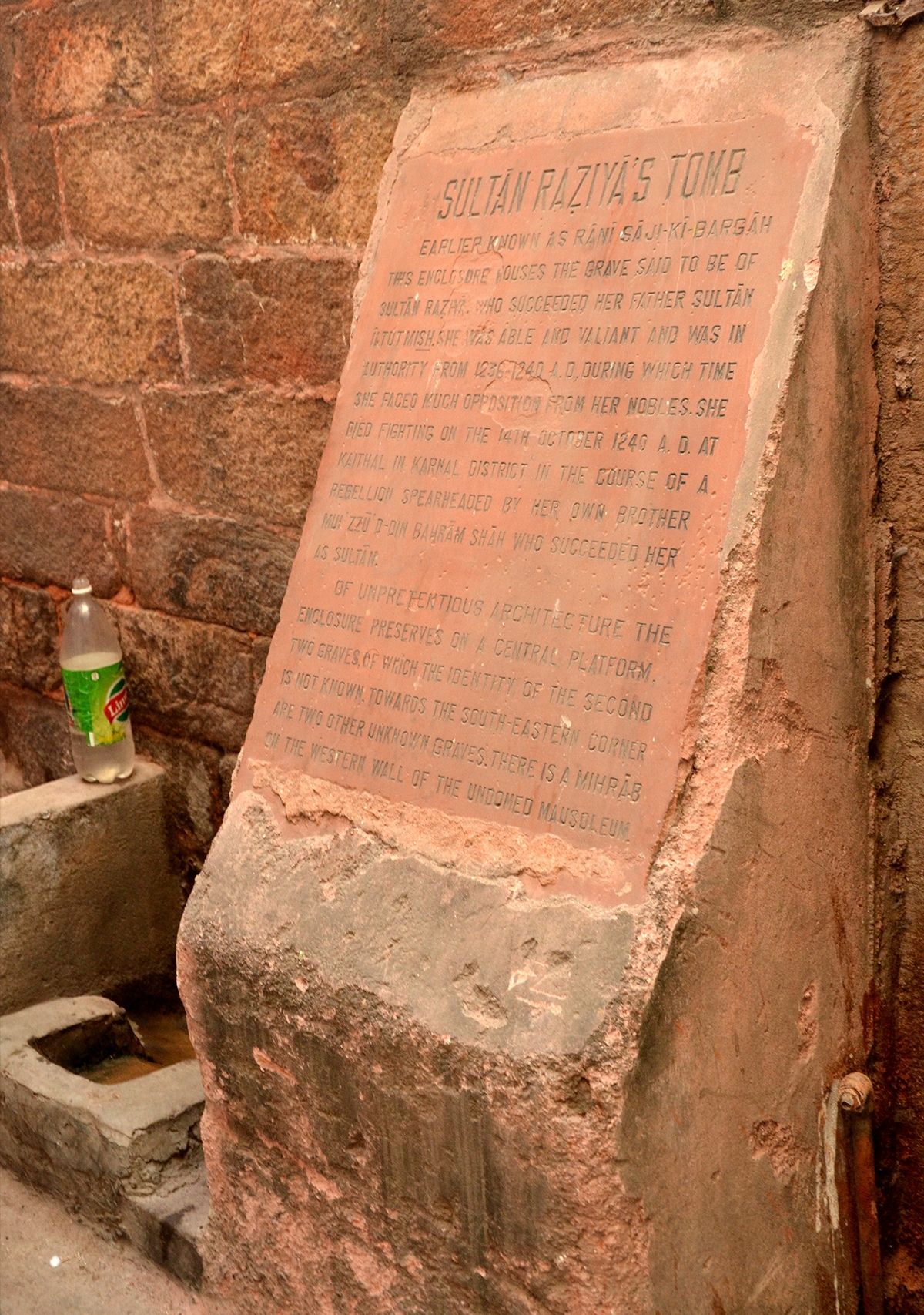
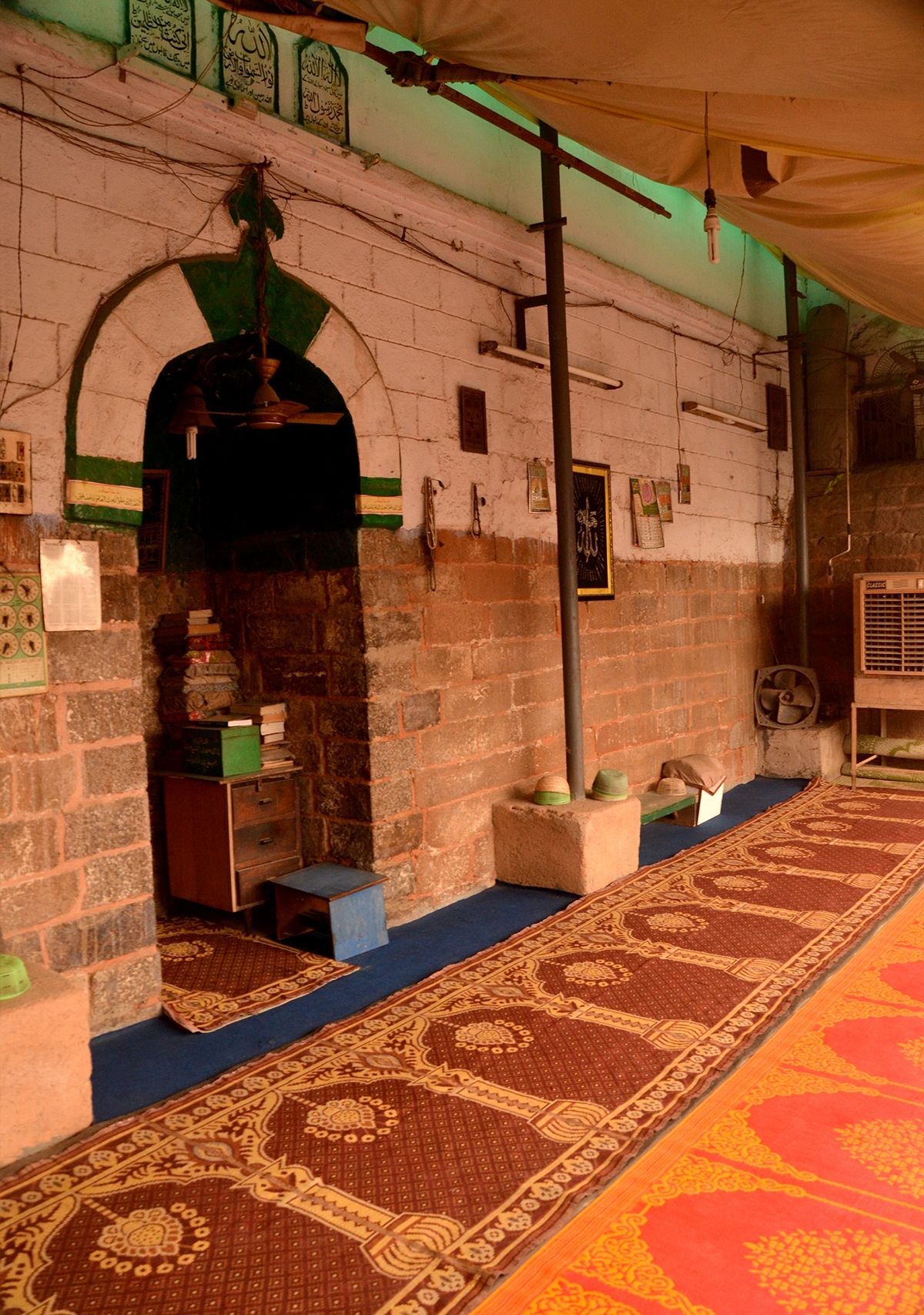
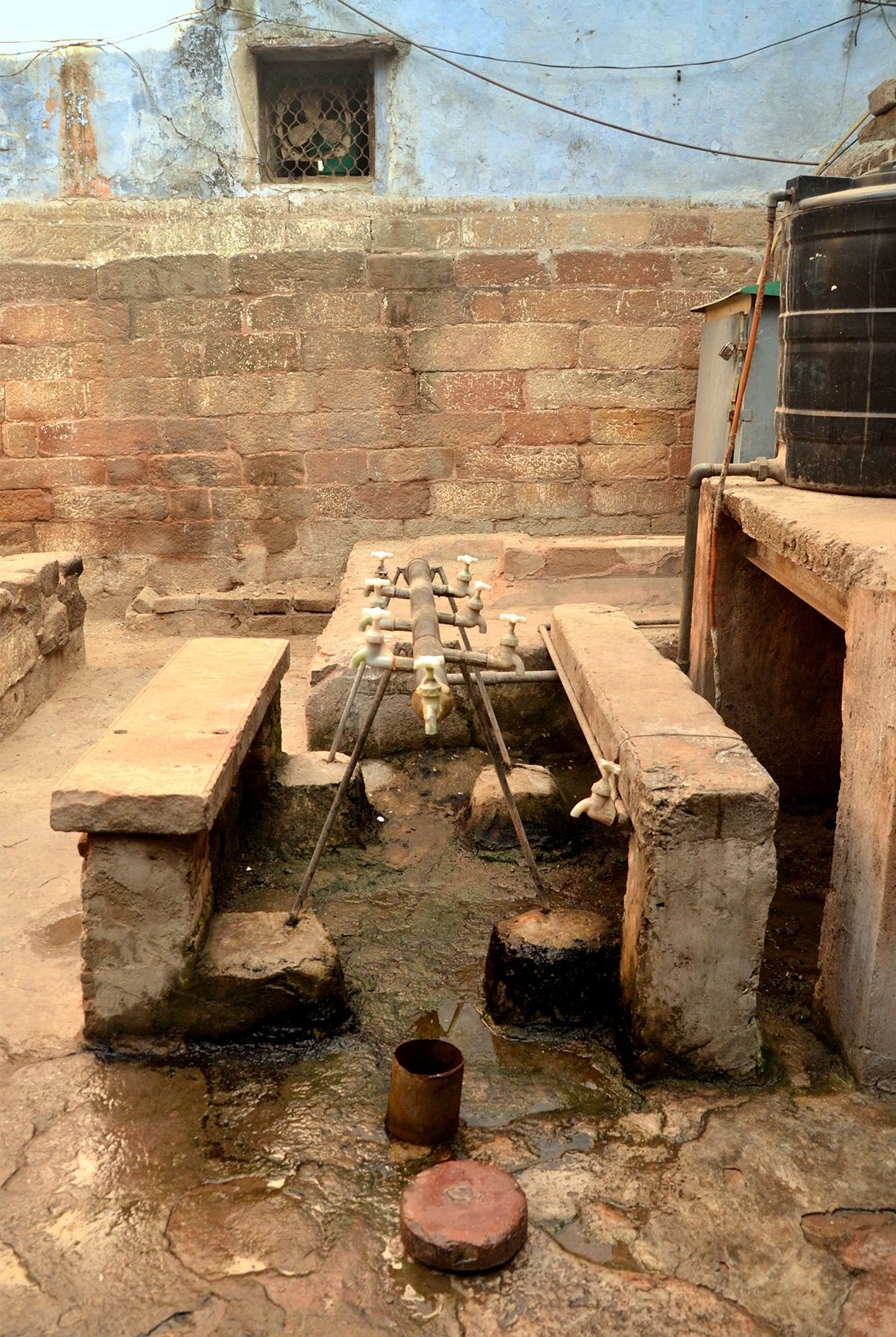
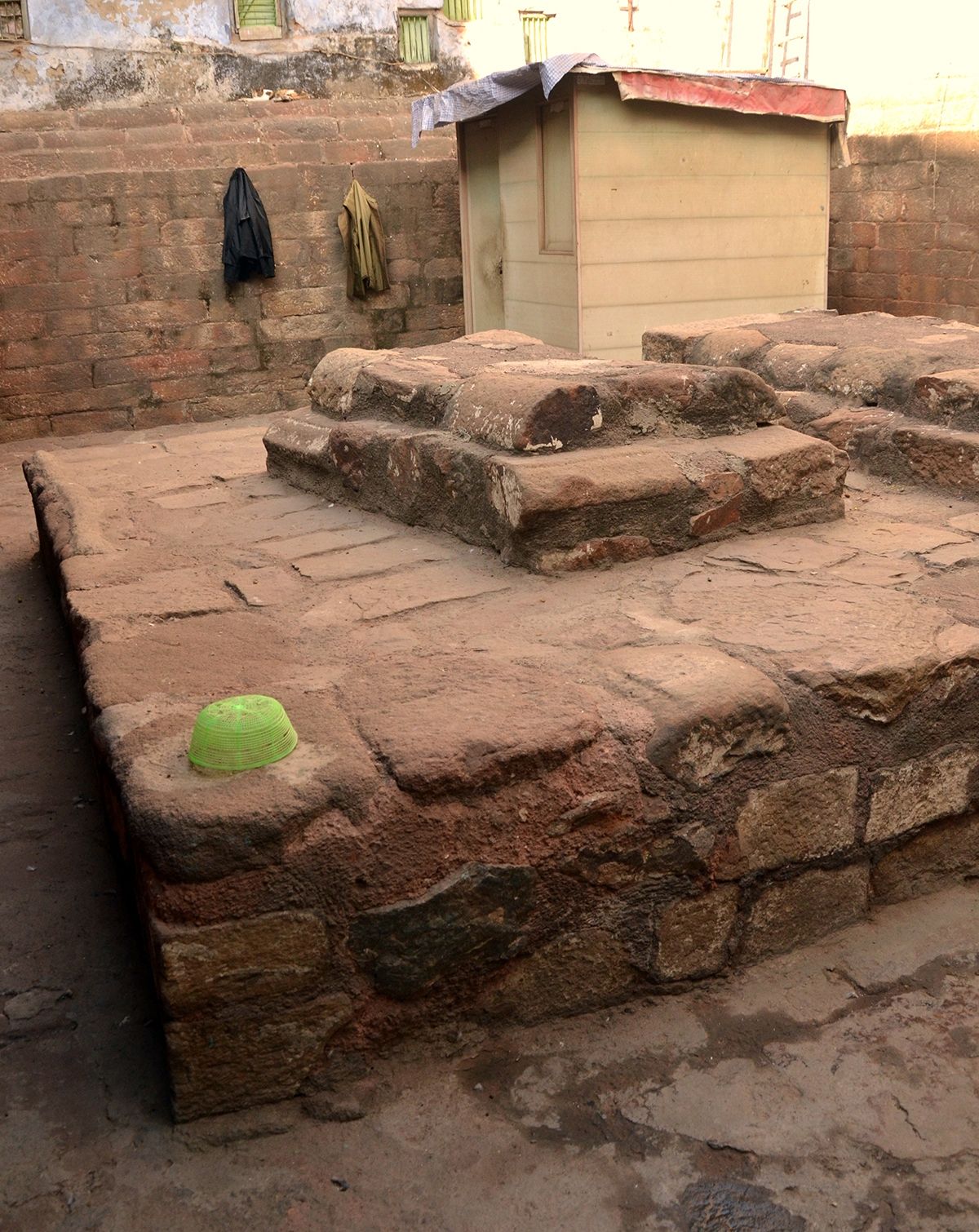
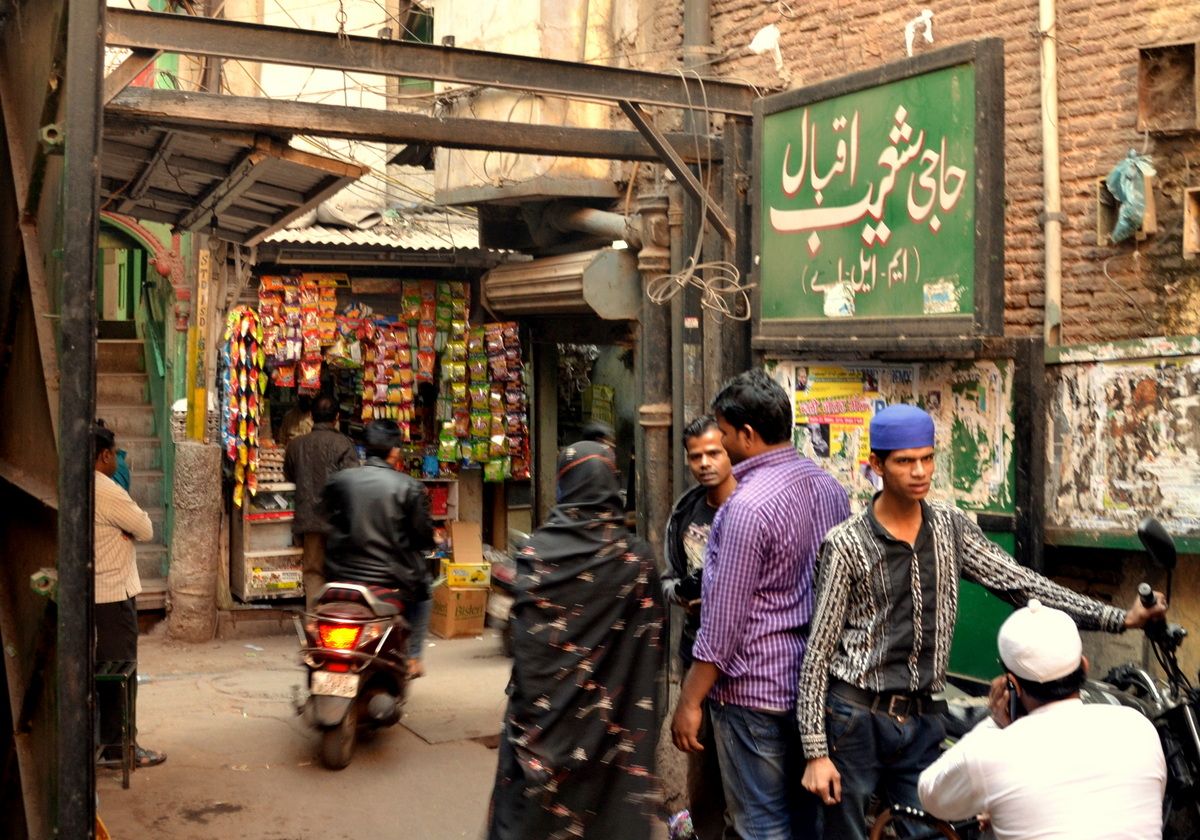
Please complete a quick 2 minute survey to tell us about your experience.